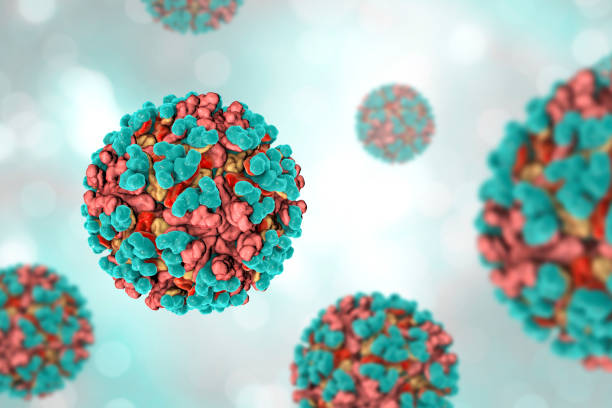Haemophilia is a rare blood disorder inherited from one or both parents; it stops blood from clotting properly. People with haemophilia do not have enough blood clotting factors or proteins, so it takes longer for their blood to clot after surgery or injury. In this condition, bleeding can occur spontaneously, and internal bleeding is a thing to worry about as it can result in organ damage or death.
Causes of Haemophilia
This condition is often inherited from one or both parents, but in some cases, it can be acquired.
Some people develop haemophilia because their immune system attacks their clotting factor VIII. A mutation of the genes responsible for producing clotting factors can also result in haemophilia.
In addition, acquired haemophilia can be associated with certain conditions, such as:
- Cancer.
- Pregnancy.
- Drug interactions.
- Autoimmune conditions such as lupus.
- Multiple sclerosis.
Types of Haemophilia
There are 3 types of haemophilia, which can be in different stages: mild, moderate or severe. People with factor levels of 6-30% have mild haemophilia, while those with 1-5% have moderate haemophilia, and those with factor levels of less than 1% are considered severe.
- Haemophilia A
This type of haemophilia occurs due to a lack of clotting factor VIII; this condition is very common and is often severe in most patients.
- Haemophilia B
Also known as Christmas disease, it occurs due to a lack of clotting factor IX.
- Haemophilia C
This type occurs due to a lack of clotting factor XI.
Symptoms
The common symptoms of this condition include:
- Bleeding into joints.
- Excessive bruising.
- Bleeding from the mouth and gums.
- Blood in urine.
- Bleeding after vaccinations or injections.
- Bleeding from after circumcision.
- Hematomas (bleeding into the muscle or soft tissues).
- Blood in the stool.
- Nosebleeds that are frequent and difficult to stop.
- Excessive bleeding after injury or surgery.
Treatment
There are many treatment options for haemophilia, which are grouped into two:
Factor Replacement Therapies
These therapies aim to replace a person’s missing clotting factor with clotting factor concentrates, which can be administered by infusion or injection. Examples of factor replacement treatments include standard half-life (SHL) and extended half-life (EHL) therapies.
Non-factor Replacement Therapies
Some other therapies and medications are available to treat haemophilia; they may help induce the production of clotting factors, reduce and prevent bleeding incidents, and make blood clots firmer. Examples of the medication include ACE 910/emicizumab, desmopressin acetate and epsilon amino caproic acid.



